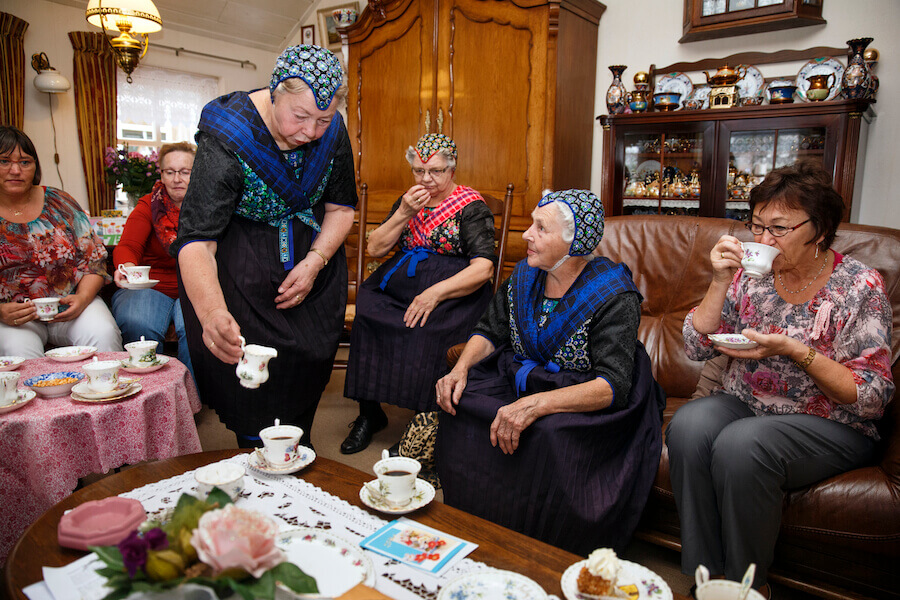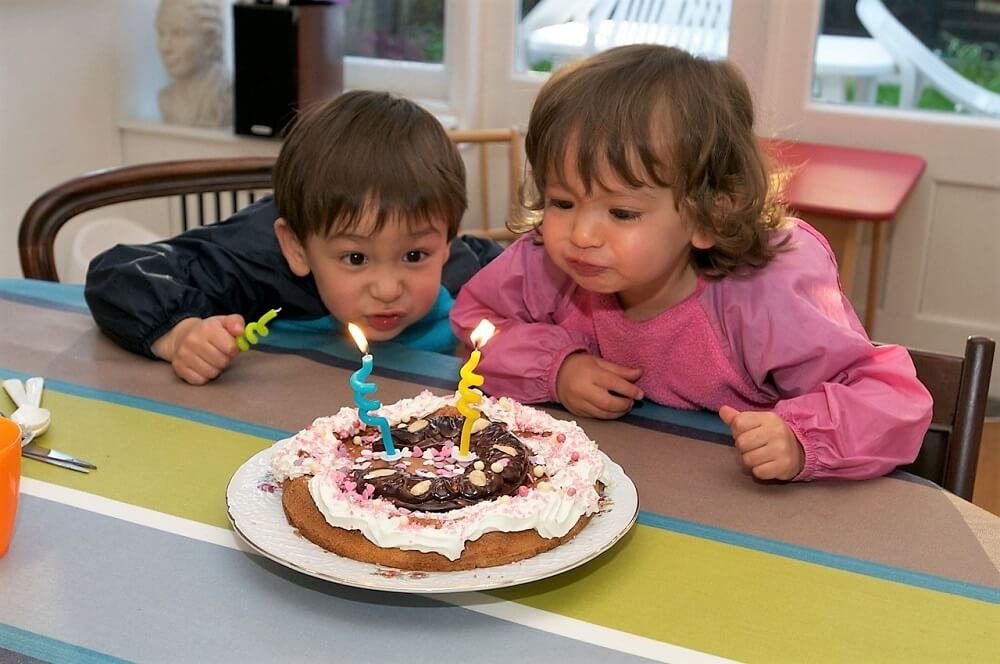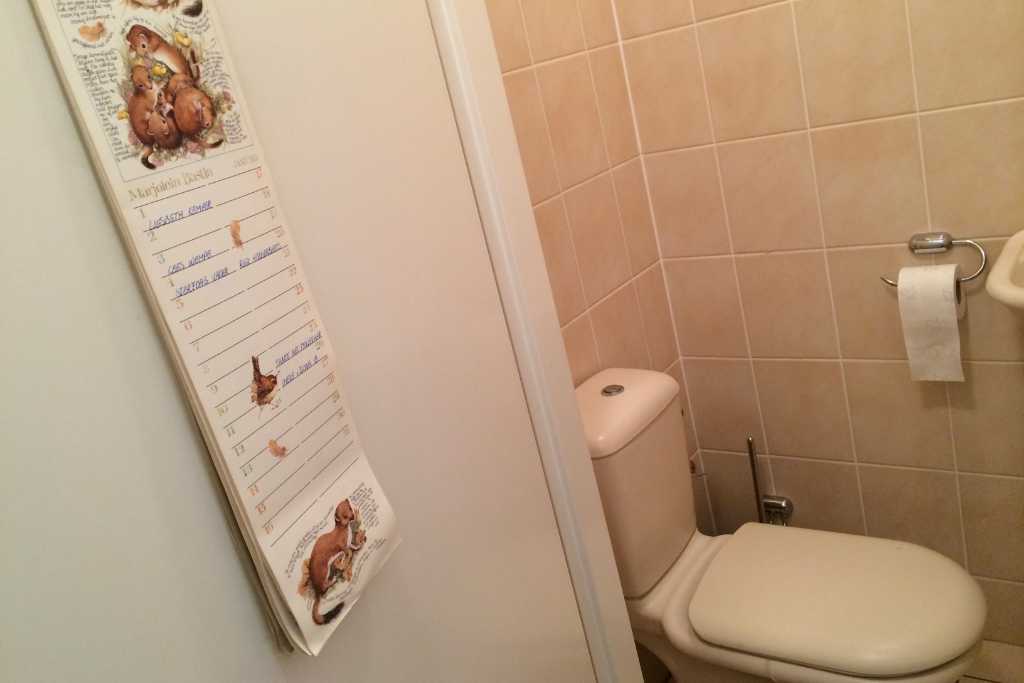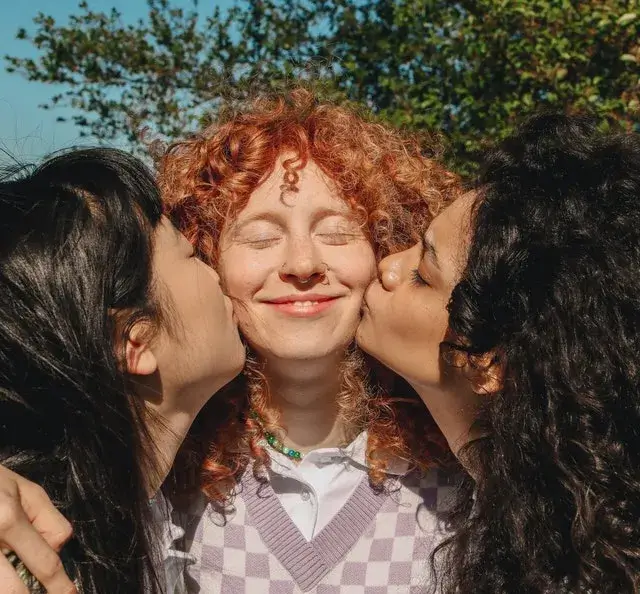When you relocate to the Netherlands, you must learn not just the Dutch language but also Dutch social conventions. Some are unsaid. You’ll find them when you least expect it. Some of them make sense. Some Dutch social conventions, however, may seem perplexing. They may appear strange at first. However, you will grow accustomed to them. Or not.
The Birthday Circle

The unwitting guest invited to their first Dutch birthday party is in for a shock. Non-Dutch guests will be perplexed by Dutch birthday festivities.
Because the chairs are arranged in a circle, latecomers must climb over a great aunt or neighbor to find an open place.
As you enter the room, everyone wishes you a happy birthday to the host. “Gefeliciteerd met je,” for example. When this happens for the first time, you will be completely perplexed, thinking that the ‘party’ is being given for you and you have forgotten your own birthday.
Following that, everyone speaks at the same time, either to their neighbor or to someone on the other side of the circle. As a result, your new Dutch conversational abilities are meaningless. Not only can you not understand what someone is saying to you, but they also cannot hear your response. Nod and smile.
A cup of coffee and a mushy cracker will be served to you. You will afterwards be given a slice of birthday cake. Alcohol may or may not be present. If it appears, the conversational part of the birthday celebration will either become simpler (since you no longer care) or become more difficult as the loudness rises.
The Birth of a Child

A stork looks to have crashed through your neighbor’s front window one day. In the garden, a welcoming board and possibly a laundry line stocked with baby clothing appear. There’s a new baby in town, so congratulations are in order.
You will receive a card announcing the birth if you know the new parents. The card will include all the information you didn’t realize you needed to know, such as when the baby was delivered, the baby’s weight and length, and when you can visit.
You will be given a cracker with pink or blue sprinkles on top depending on whether the new arrival is a boy or a girl when you arrive. This is a good time with muisjes.
This ceremony is an improvement over the birthday circle, but it is still another of the Dutch social conventions that takes some getting accustomed to.
Hallo Met
When you call a Dutch person, they will respond with the words ‘Hello, met’. This may be perplexing at first, but you will quickly adjust. Presumably, you know who you contacted, thus this is an unnecessary procedure, but it’s habit, and habits die hard.
People used to have landlines a long time ago. Any member of the family could answer the phone. So it was obviously useful to inform the caller who was on the line. Mobile phones are the standard these days, and it is unusual for a random individual to answer a phone that is not theirs. However, Dutch people still answer their phones with their names.
We used to answer the phone by rattling off our phone number when I was a kid. In this manner, incorrect callers might immediately realize their error, apologize, and hang up. I suppose the moniker gives callers a comparable opening.
The Calendar of Birthdays

A birthday calendar is likely to be hanging on one of the walls of any downstairs toilet in a Dutch house. This is a societal rule I wholeheartedly support. It does appear strange at first. But that makes perfect sense.
It’s a room you walk into at least once a day, and you have time to go through it so you can identify future birthdays and plan accordingly.
Furthermore, this way of noting birthdays (rather than writing them on a calendar at the start of each year) fits perfectly with Dutch frugality. You can keep the same calendar for decades by simply marking out the birthdays of individuals who have irritated you and adding new friends or family members when they appear (here is where the cards announcing births from social rule 2 come in handy).
Three Kisses

The Dutch social conventions for greeting a regular acquaintance, friend, or family member are straightforward. There are three kisses. On the chin. You’re both kissing at the same time. As you may guess, this can get nasty. Which cheek came first? Is it an air kiss or a’smack on the cheek’ kiss?
The same is true of farewells.
You ‘three kiss’ ladies but not guys if you are masculine. Women ‘three kiss’ both male and female friends and family members. Much to their relief, teenagers and younger are not usually subject to the three kiss rule.
Birthday party visitors are subjected to three kisses, generally while saying “gefeliciteerd met…” Oma, please don’t have a soggy cracker in her mouth when this is going on.
Related Posts:
